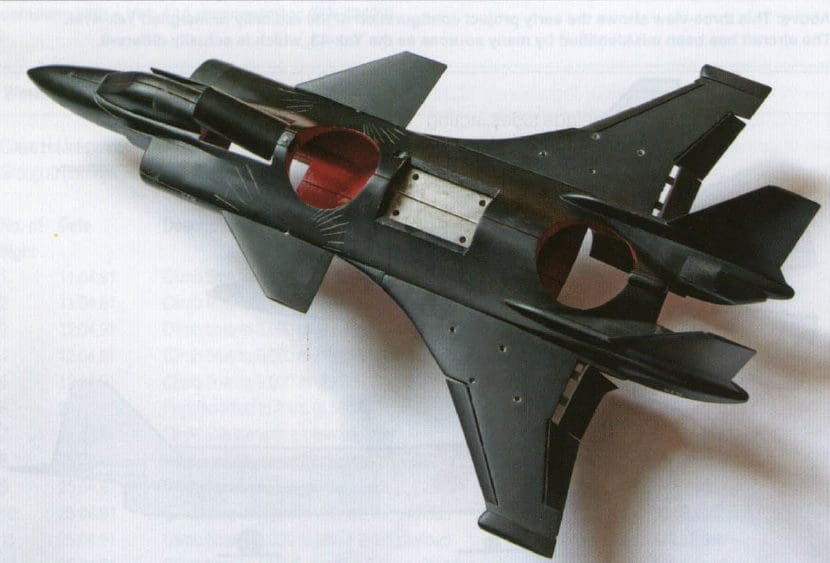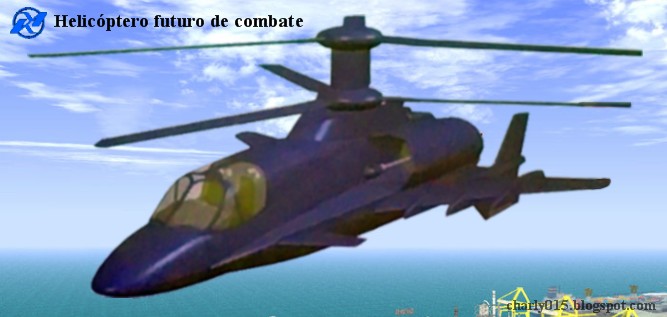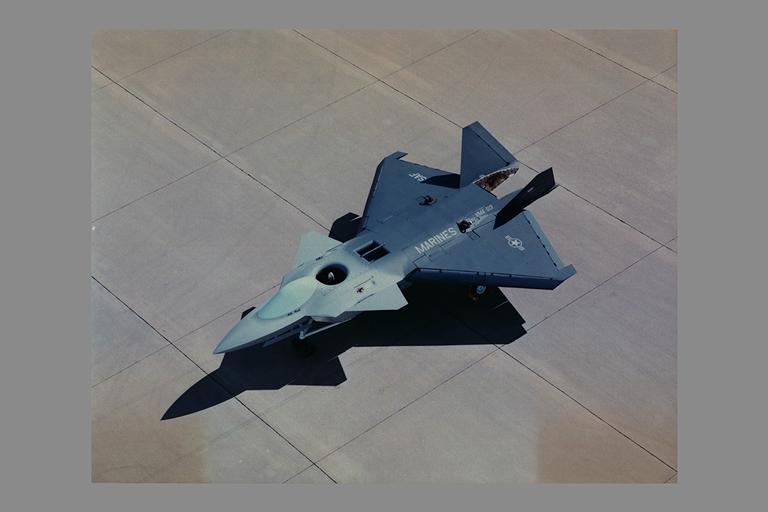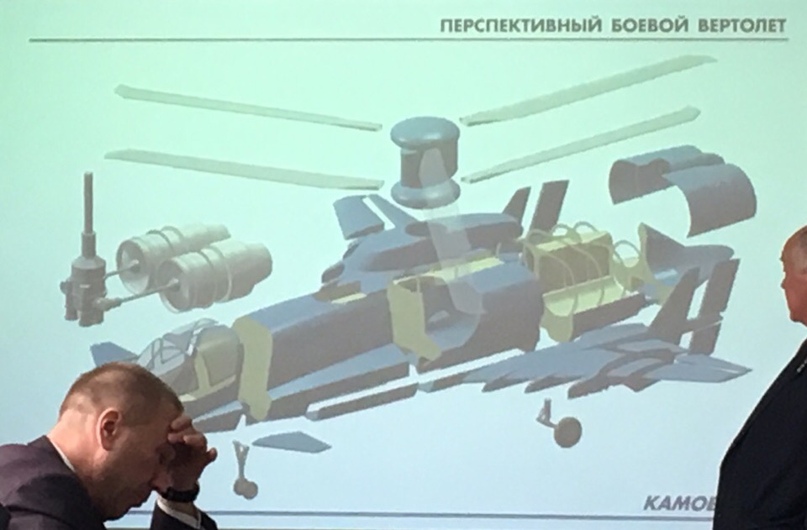Construction of the Navy: fermentation in the minds. Part 5. SVUVP .
Not so long ago (05/09/2019), Y. Borisov confirmed that plans to build a new aircraft carrier for the Russian Navy remain in force (link 2). A couple of days before this, information had passed that R & D on such a ship with a displacement of about 70 thousand tons with a nuclear power plant was included in the existing LG and would begin in 2023 (reference 3). Despite the fact that what has been said causes purely positive emotions, there are serious concerns about some harmful thoughts about the composition of the air group of the prospective AV.
At the MAKS-2017, as a bolt from the blue, a statement was made by Deputy Defense Minister Yu. Borisov that "The plans of the Ministry of Defense (we are discussing this with our aircraft manufacturers) are to create a promising aircraft of shortened takeoff and landing, and possibly vertical takeoff and landing. ... "This is the development of the Yakovlev line, which was discontinued ... including, perhaps, these areas will be implemented for a promising aircraft for aircraft-carrying cruisers" (ref. 4). Again TAVKR, again SVUVP ...
At the end of the same 2017, from the same Y. Borisov, it became known that the work on SVUVP was included in the draft of new HPV 2018-2027: “Of course,” said Borisov, answering the question whether the aircraft is taking off on a vertical takeoff for an aircraft carrier. It is logical to assume that during this time, the MiG-29 and Su-33 will become morally obsolete and in 10 years will require the creation of a new aircraft. The Deputy Minister said that we are talking about the creation of aircraft with a shortened takeoff and landing, and aircraft with vertical takeoff. He added that for the time being these are only plans, “because we are talking about the LG project, and [these] events are planned there” (Ref. 5). It was then that it became clear that things had gone too far.
The suspicions were confirmed on "Army-2018", when Y. Borisov, now in the position of deputy prime minister (deputy chairman of the Government), told the press that on behalf of the President, the project was included in the LG. "Now we are working on a conceptual model, prototypes. Of course, this is the future. For all types of aircraft carriers, a new fleet of aircraft will be needed. For this purpose, various technologies are used that allow for short takeoff and landing, or just vertical takeoff. Conceptually such works are underway to the Ministry of Defense since last year "(reference 6).
 Quotes
Quotes
1. “It became obvious to most specialists as early as the mid-1960s that no matter how advanced the VTOLPs would be, they would not be able to achieve the perfection of conventional aircraft [horizontal take-off and landing]” (V. Kuzin, V. Nikolsky ”1945 Soviet naval fleet -1991 ", 1996 p. 465).
Note. In the course of the following abbreviations of aircraft of this type: VTOL - vertical takeoff and landing aircraft, SVETS / SVUVP - vertical / short (shortened) takeoff and landing aircraft.
2. "As a result, in a directive signed by the General Staff signed in early 1980, D. Ustinov proposed to reduce the displacement [TAVKR av. 11435] by 10,000 tons, including by abandoning the catapults and reorienting the composition of the air group" mainly " on the VTOL ... Later, an instruction was given to ensure that the Yak-41 was launched using the WRC method [take off with a short run] (contemporaries attribute this to the opportunistic statement of the Yakovlev Design Bureau, who in 1980 hurried to inform the Minister of Defense about the creation of a new VTOL aircraft, allegedly superior to all existing and promising e foreign fighters. The reassessment of the role and effectiveness of VTOL aircraft in the naval air defense system and missile submarine patrolling area, as well as the ability of the Soviet aircraft industry to create naval supersonic fighter with high LTH, cost the country dearly and led to a delay in creating full-fledged aircraft carriers, allowed by Ustinov. ships "(S. Balakin, V. Zablotsky" Soviet aircraft carriers ", 2007, p. 154).
3. "The Americans met the appearance of the Kiev-type ships arrogantly - that this is not a ship, but it is not known what. The" Phantoms "avoided meeting in the air with our Yak-38 aircraft. They were afraid of colliding with them, because they saw that it was practically" heavenly shelves "(as they called them), and Soviet pilots perform circus acts on them" (A. Morin, chief designer of TAVKR avenue 11435). "The Americans were not far from the truth. The plane left much to be desired. The range of the Yak-38 was very limited. Most of the fuel was spent on take-off and landing" ("Thunder over the deck. Fate of the aircraft carrier", channel "Russia", "Wings of Russia ", 2008, 23:40).
4. "The concept of combat use of the Yak-38 air group of light attack aircraft in the system of the Kiev-type TAVKR strike weapons adopted in the Navy of the USSR during the 1970-1980s ensured the overwhelming superiority of our ship group over typical enemy ship groups, with the exception of American A mix of two or three ship groups with a Kiev-type TAVKR could pose a serious threat to the American AUG [a very dubious statement, but even if taken for granted, to ensure parity with the US Navy, e had in 1980 13 attack aircraft carriers, we had to have an incredible amount of 1,143 (26-39 units) - A.Sh.] "(V. Abidin" From Harrier "to" Forger ". Part 2", "Wings Motherland ", №7 / 2009, p. 41).
Yak-141
Originally, the Yak-141 was called the Yak-41M (product "48M") and was intended for basing on TAVKR (TAKR) av. 11433, 11434, 11435 (the notorious directive of the General Staff of 1980, initiated by D. Ustinov, on the reorientation of the "five" air group on SVUVP), as well as pr. 1143 "Kiev" and "Minsk" after their modernization, and was a multi-purpose aircraft designed to intercept air targets, conduct a maneuverable air combat and attack sea and land targets.
If we compare the Yak-141 and Su-33 (airplanes of the same generation), first of all it should be noted that they belong to different weight categories: the first is a light fighter, the second is heavy. Creating a heavy SVUVP is hardly possible in principle. In addition, an important advantage of the Su-33 is an integrated aerodynamic scheme (a single bearing body), as well as static instability at subsonic speeds, significantly improving maneuverability. The payload (full fuel in the internal tanks and two tons of armament) in the WRC mode (run 120 m) at the Yak-141 is 6400 kg - half the load of the Su-33 (12700 kg - the full fuel in the internal tanks [9500 kg] and full-load air-to-air missiles - 8xR-27ET and 4xR-73 [3200 kg] during takeoff from the 3rd launch position, 195 m run - link

. The combat radius of the Su-33 with 1150 km, Yak-141 - 690 km (60%). The large range of run-up, in the presence of catapults on an aircraft carrier of dimension 11437, which the fleet selected (reference 9), does not play a special role. Finally, the share of the payload in the take-off mass (weight return on the payload) for the Su-33 is 39%, for the Yak-141 it is 33%.
The Yak-141M LTH is slightly better. The plane is very similar to the F-35 - they say that the Yakovlev Design Bureau transferred to the Americans technical documentation for it. It never went up in the air, but, apparently, it should serve as a prototype of the new SVOUP, despite the statement that the latter is being developed from scratch (ref. 11) - this is practically not the case with technology. The combat radius of the Yak-141M was increased to 900 km with a payload of 8,000 kg (6,000 kg of fuel in internal tanks and two tons of combat load), and the payoff weight of the payload was increased to 37%.
Note. The origin of data on the Yak-141 and Yak141M: V. Kolnogorov "The Last Aircraft of the Soviet Union", Aviamaster, No. 7/2003, p. 11.
The maximum that the new Russian SVUVP can give us is parity with the F-35, however, taking into account the fact that in the carrier-based version of Lightning II (F-35C) the traditional scheme was used (taking off with the help of a catapult, landing on aerofinishers), and In the best case, the Russian Navy will have six aircraft carriers (half as many as the US Navy), we will get deck aircraft equipped with a SSOLPA, much weaker than the American one. At the same time, having put the ship version of the Su-57 (let's call it Su-57K) on the decks of the aircraft carriers of the new project, we will gain superiority over the seemingly stronger opponent.
Su-57
Let us try to compare the Su-57 with the Yak-141M, since it is not necessary to count on the combat capabilities of the new SVUVP to be significantly higher than its intended prototype (most likely, their LTH will be close to each other). Due to the acute shortage of official technical information on the Su-57, the main sources were the article from the Russian-language Wikipedia (link 12), materials from the military.tomsk.ru resource (link 13), paralay.world (link 14) and the aviation Internet encyclopedia Sky Corner (airwar.ru - link 15).
The data on the number of suspension points and its composition are very contradictory, so we can only assume that, most likely, guided missiles and adjustable bombs can be suspended at 14 points - 8 internal (4 in two main cargo compartments inside the fuselage between engines for large-sized ammunition, and 4 in two lateral conformal compartments, repeating the contours of the root parts of the wing, for small-size air-to-air missiles of short range and 6 outer (2 under the engine air intakes and 4 under the wing).
According to the author of the blog, the composition of weapons for air combat may be as follows - 4 x RVV-BD (510 kg for each - reference 16), 6 x RVV-SD (for 190 kg each - reference 17) and 4 x RVV-MD (106 each kg - link 18), total 3600 kg. The variant of the composition of weapons against ground targets - 4 x KAB-500Kr (520 kg for each - reference 20), 4 x X-38M (for 520 kg each - reference 22), 2 x X-58USHK for (650 kg - reference 23) and 4 x RVV-MD, total about 5900 kg.
An approximate calculation shows that in the first case, the total mass of the equipped aircraft (18,800 kg) and payload (14,600 kg), consisting of a full supply of fuel in the internal tanks (11,000 kg) and combat load (total 334,400 kg), fits into the maximum take-off weight Su-57 (35,500 kg), and in the second (about 35,700 kg with the same fuel supply) exceeds it by only 5% (which can be explained by an error that is quite acceptable with such significant uncertainty of the initial data). At the same time, the combat radius of the "fifty-seventh" at a subsonic cruising speed should be about 2150 km, at a supersonic cruising speed (2.0 M) - 1000 km.
It is necessary to add that the Su-57 thrust-armed with the second stage engine (“type 30”) with a maximum take-off weight should reach 1.01 (instead of 0.72 for the Yak-141M), which is one of the reasons for the high maneuverability of the Sukhoi. In conjunction with what was said in the two previous paragraphs, this fact demonstrates the overwhelming superiority of the Su-57 over the prototype of the SSOLVP, which is not yet available.
Findings
We are not so rich and, I hope, not so foolish as to re-embark on an adventure with a "vertical line" - an airplane of an architecturally-constructive type that compromised itself in the Soviet Navy and continued today in the US Navy and the International Maritime Directorate, reducing their combat potential there is only a power plant with a single main engine, sharply reducing the combat stability of the F-35 and not meeting the requirements of flight safety over the sea). Instead of a SVUVP, we need to focus on the deck ("sealed") version of the Su-57. Moreover, this outstanding aircraft has the ability to perform short take-off and landing (link 24), and it may very well be that this will greatly facilitate the performance of take-off and landing operations on a prospective aircraft carrier. I would like to believe in the correctness of A. Egorov, the author of the program “Military Acceptance” of the TRC Zvezda (From T-50 to Su-57. Part 2, release November 18, 2018 - reference 25, 37:33), who suggested that "the new machine [Sukhoi"] is ahead of not only the military-space, but also the naval future. "

https://navy-korabel.livejournal.com/204151.html



 Interesting thought I find about VSTOL fighter -Frlanker size... Well imagine u-57 "VSTL navalized" . Indeed notany could fit to CVN but depending on tasks could be sufficient.
Interesting thought I find about VSTOL fighter -Frlanker size... Well imagine u-57 "VSTL navalized" . Indeed notany could fit to CVN but depending on tasks could be sufficient. 


















